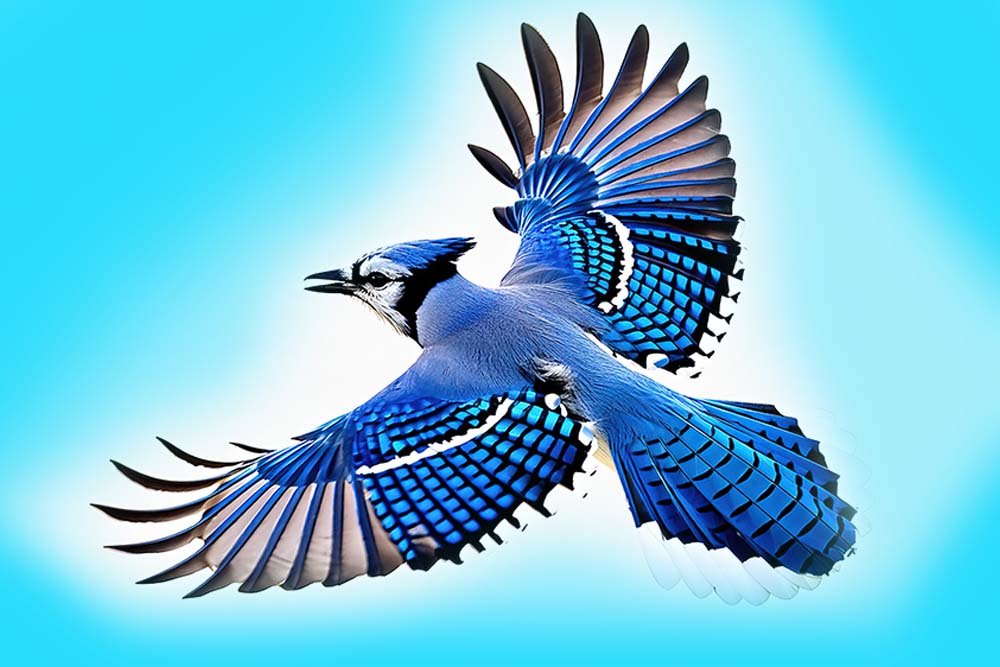

By Jean LeBlanc
I'm reflecting on a feathered friend. While not the largest or fastest, it has another claim to fame. As early as 1709, an American adventurer praised its beauty as far more beautiful than European birds. In his 1932 book, Birds of Minnesota, Thomas Roberts opinedthat it deserved first place among its kind not only for beauty, but also for its intelligence and accomplishments! We might name our winged beauty “Fairest of Them All.”1
Fairest makes her home from Floridian pine woods to Canadian forests of spruce and fir. But she prefers the sunnier comforts of an oak or beech tree to the darker woods.2 (Though designated a female for this short sketch, both sexes of this species look identical.3)
Nevertheless, Fairest hides some dark things behind her dazzling garb—one of which you notice soon after you meet. Imagine drinking in all her fair colors, when she suddenly opens her mouth and
Last Generation is a magazine for people seeking spiritual answers to the current issues of our times.
Your subscription will give you:
*Digital-only subscriptions also available
Lesley the Bird Nerd, “10 Fun Facts About Blue Jays ׀ Noisy, Beautiful, Interesting,” Feb. 23, 2020, YouTube video.
“Blue jay,” Wikipedia, wikipedia.org, last edited May 30, 2024.
See no. 1.
“5 Weird Facts about Blue Jays,” Nature Canada, naturecanada.ca, Oct. 10, 2017.
“12 Interesting Blue Jay Facts for Kids 2024,” Cool Kid Facts, coolkidfacts.com.
See no. 4.
“Do Blue Jays Eat Other Birds? [Yes, But It’s Uncommon],” Bird Chronicle, birdchronicle.com.
“A trick of nature: Blue jays aren’t really blue,” The Forest Preserve District of Will County, reconnectwithnature.org, Jan. 25, 2019.
See Num. 15:38, 39.
See Isa. 14:12–14; Ezek. 28:13–15.
Rev. 13:1–8.
Rev. 12.
© Shutterstock
Jean LeBlanc writes from Dover-Foxcroft, Maine. She enjoys reading, digital drawing, and spending time outdoors.